On what was probably the Best Day at Work Ever I put together this beginner’s guide to surf photography for N-Photo magazine. It’s easier than you might think to get action- packed shots, promise!
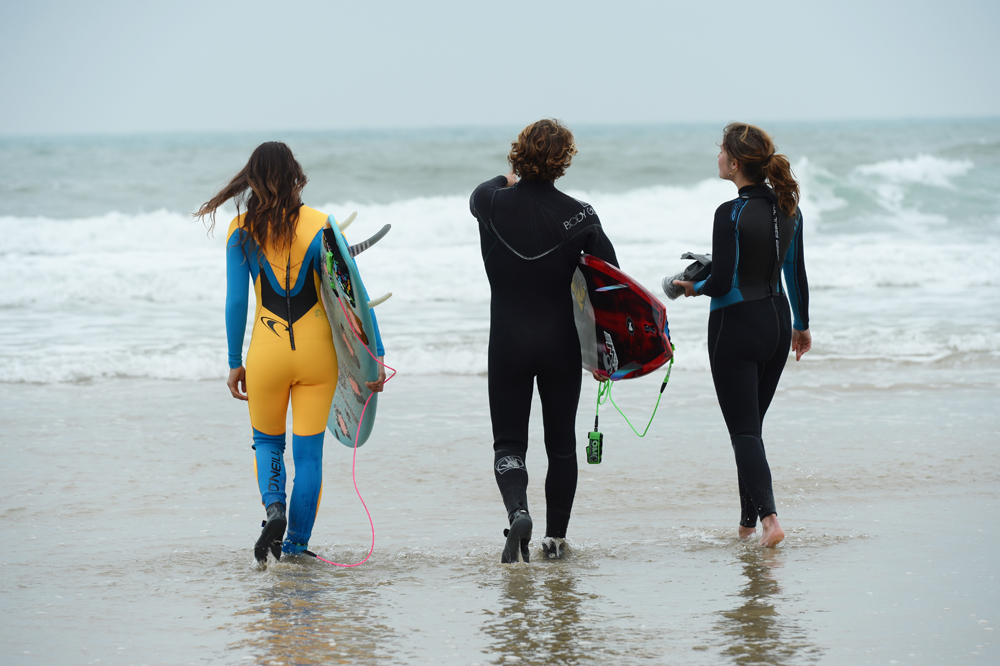
Having a couple of superhot models helps too – even I struggled to make professional surfers Alan Stokes and Celine Gehret look bad as they showed off their skills at Fistral Beach in Newquay.
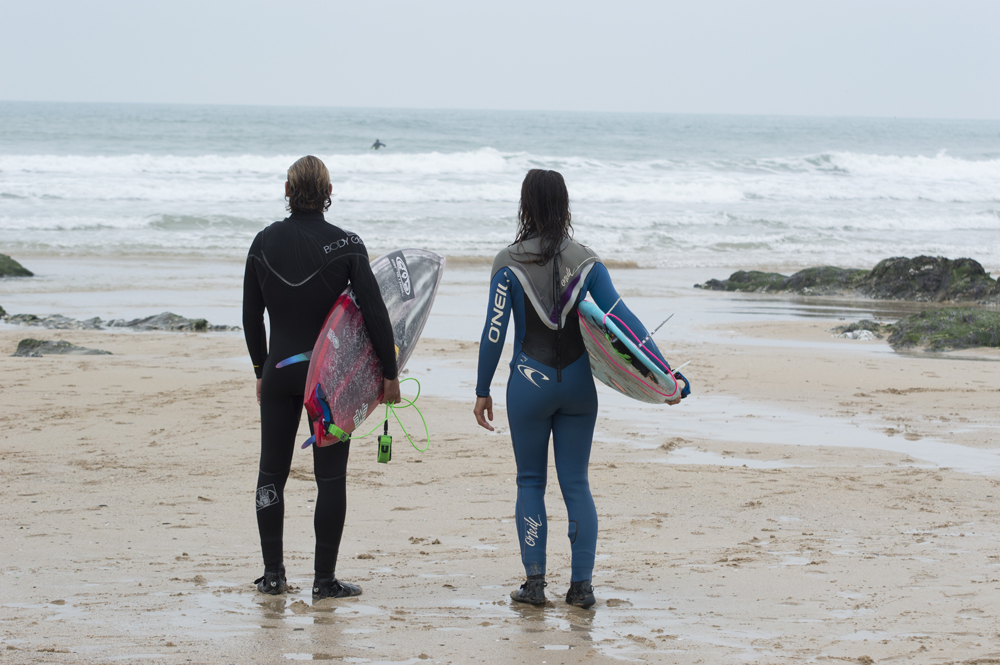
1. Check the forecast
Check surf conditions with Magic Seaweed‘s free iPhone app before heading for the coast. Don’t let grey skies put you off – dodgy weather is still great for mastering the basics.
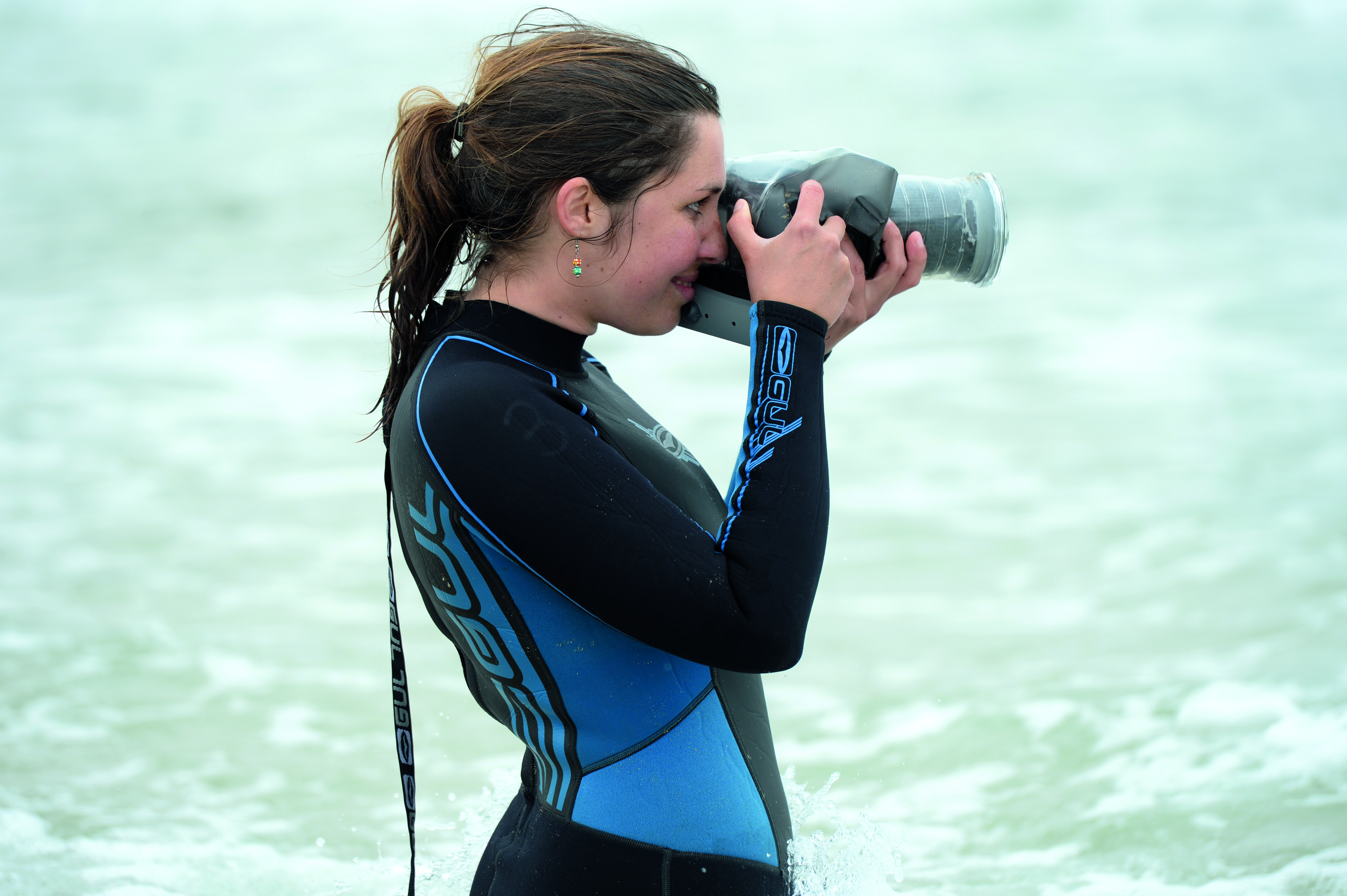
2. Get an Aquapac
Pro aquatic camera kit is deliriously expensive, but a soft Aquapac SLR case, £95, is a budget-friendly beginner’s option for keeping your kit dry.
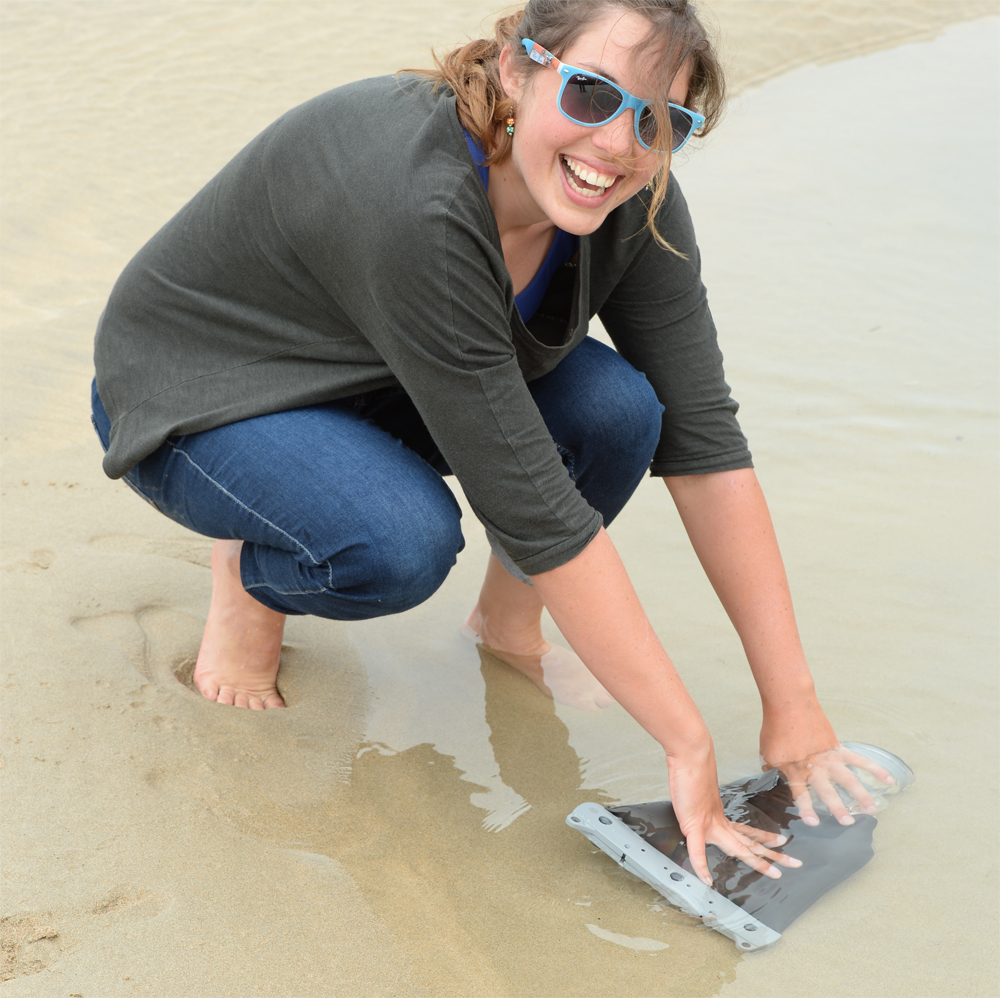
3. Check your housing
On your first foray out with new housing, check all the instructions and then seal it up tight without anything in it. Submerge it fully in a rock pool and double-check that it’s waterproof before your camera gets anywhere near it.
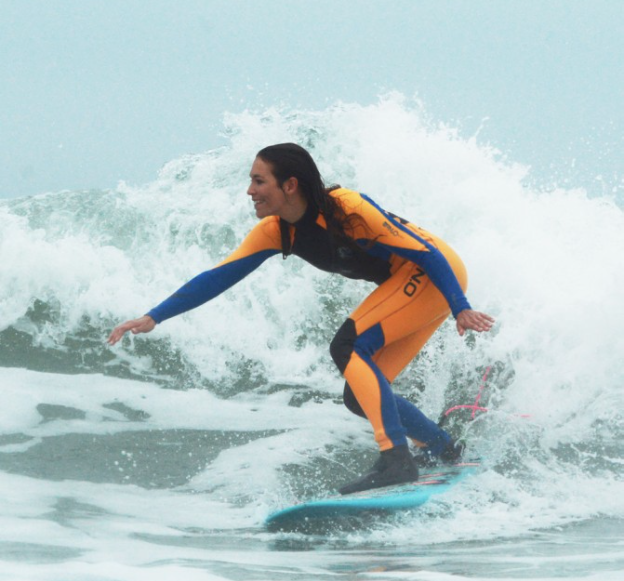
4. Best lens forward
The lens you choose depends on how close you can get to where surfers are catching waves. I started out using my 70-300mm lens, standing in the waist-deep water and zooming to 200mm to get up close to Alan and Celine. Only change lenses on dry land, kids!
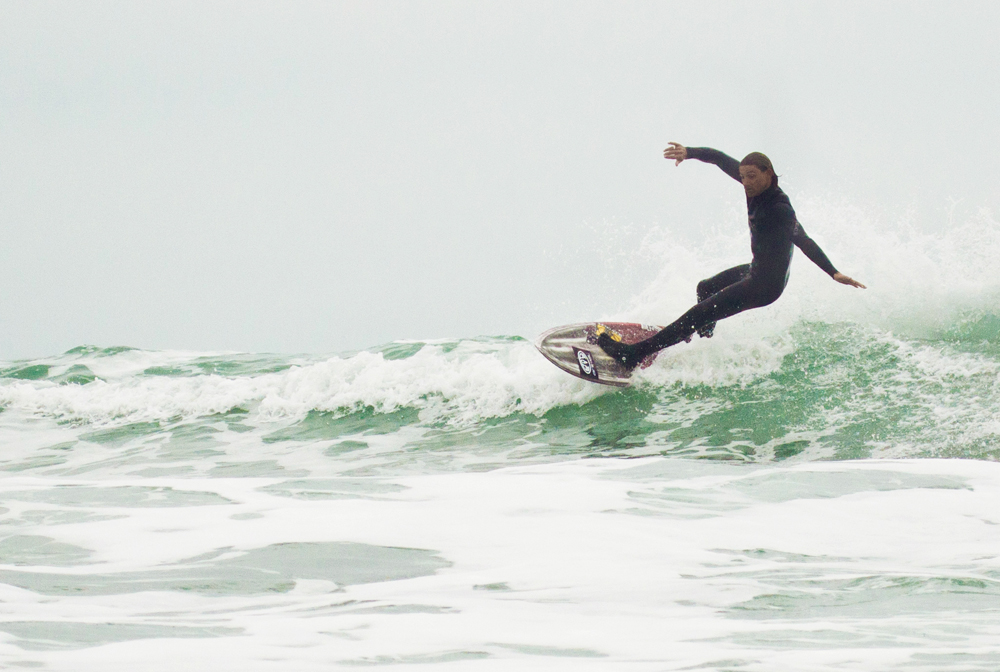
5. Get set up
Set up your camera before you get into the water, as you won’t be able to do much more than point and shoot once you’re in the sea. Switch to P (program) mode and set the ISO to 400 to make sure the shutter speed stays high to avoid blur.
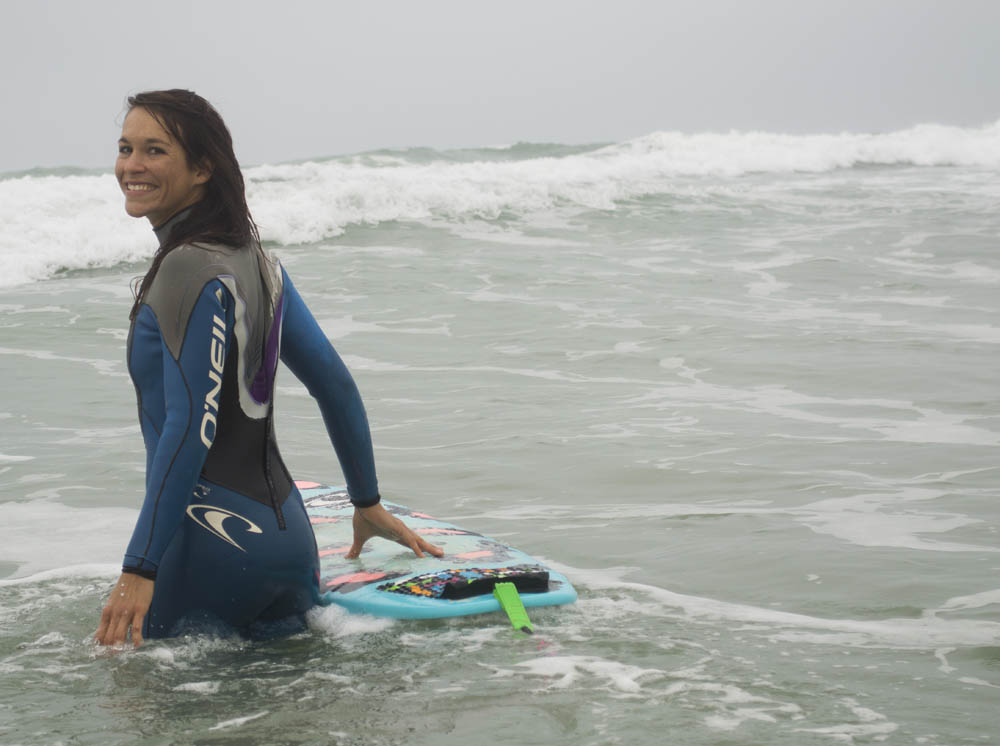
6. Standing pretty
Start off by standing in shallow water and shooting the surfers head-on, then get in deeper and shoot parallel to your subject. The key, like with any sports photography, is to get your surfer perfectly in focus.

7. Shoot in Continuous
When a surfer catches a wave you’ll only have a few seconds to get a great shot. Improve the odds of capturing the moment by switching your D-SLR’s release mode to Continuous and fire off a volley of shots.
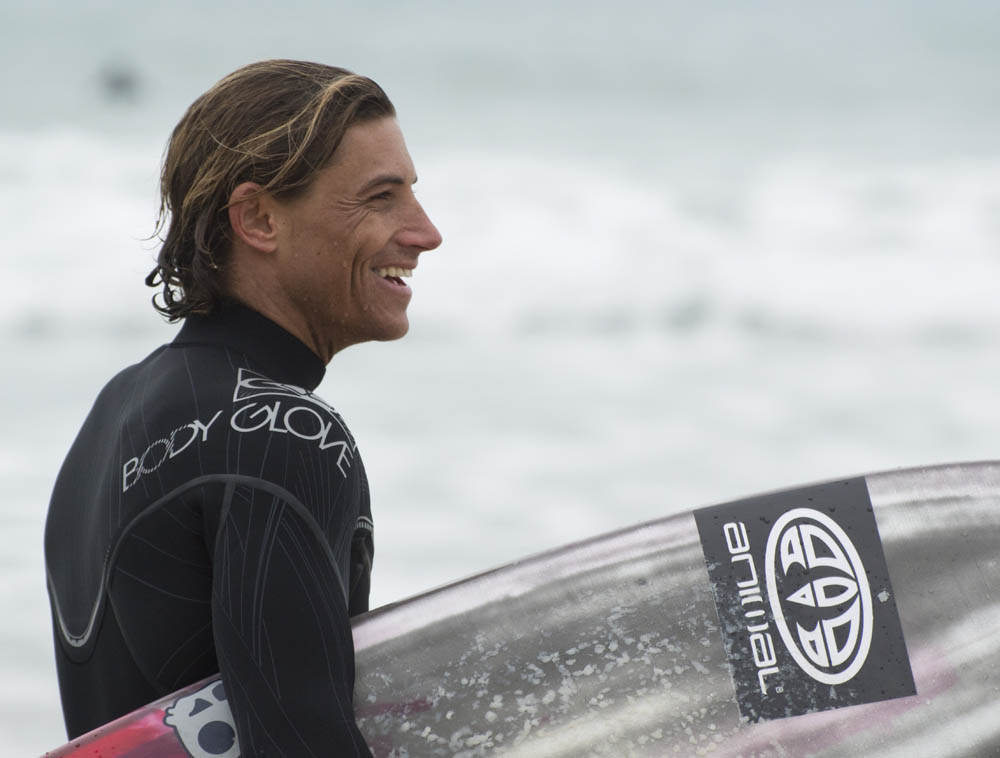
8. Capture the environment
A lot of the time the waves won’t be perfect for shooting surf action. Take advantage of a lull to photograph close-ups of surfboards, coastal landscapes or surfers on the beach to complement your action shots.
Read my full guide to getting started with surf photography in the July issue of N-Photo Magazine. For more quick and easy tutorials, check out nphotomag.com and digitalcameraworld.com. Not sure how to show off your beautiful new shots? Online scrapbooking is a great way to creatively collate your work.
Surfing is amazing once you get inlvoved you get addicted and you want to do more trips, Photography is the only tool you miss surfing especially when you travel with friends and you make nice memories and nice photos. Surfs up!